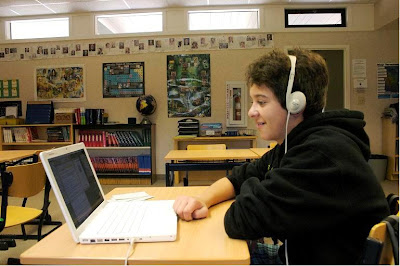We have been studying the landmine problem for some time. The Benetech approach is similar to the standard high technology approach: try to understand the customer's needs and see if a novel solution can deliver a better solution. Different members of our team have spent time with leaders in the humanitarian landmine field, and we have learned a great deal. As we begin planning for such a solution, synthesizing some of that learning is important. There is a great deal of information out there, but our point of view is different and we hope useful.
I hope to share some of this learning from our team in the BeneBlog in this and future blog posts.
Point One. It's complicated.
The landmine problem is complex and multifaceted. Surprise. However, it's even more complicated than we guessed, even in the narrow area we are looking at, which is mine detection and removal/destruction. We aren't even dealing with the other parts of the mine action effort, such as:
- Stopping the production, export and use of mines
- Mine education and awareness
- Medical care and rehabilitation of mine victims
- Addressing the issues that lead to mine usage in conflicts
Just focusing on mine detection technology, we have been amazed at how little impact all of the development work on mine solutions have had on field demining. The great majority of mine detection work revolves around metal detectors, probes and sniffer dogs. In addition, mechanical devices such as vegetation clearers and modified bulldozers have an important role in the clearance process.
We have learned that the problems vary widely even inside a single country. Mines and unexploded ordnance (a related problem) appear in places with widely different characteristics:
- In and around buildings and other structures
- In and around roads and railways
- In terrain that ranges from flat to mountainous, dry to swampy, grassland to jungle
- With soil that affects the detection technology (such as rocks with metal content)
- Underwater in drainage systems, waterways and rice paddies
The mines and UXO are also quite different in their characteristics, handling and probing risks and so on.
Demining groups are experts in all of these issues: they have to be. They know how to assess a given situation, and will employ the best tools they have at hand for that particular job.
Rather than seeking the magic bullet solution to the demining problem, the challenge is to find a tool that deminers will use because it solves a real problem in the field. Our goal is to find a new tool that becomes as important a piece of the deminer's toolkit as the metal detector or dog. To do that, we need to solve a real problem better in a significant proportion of situations.


Comments